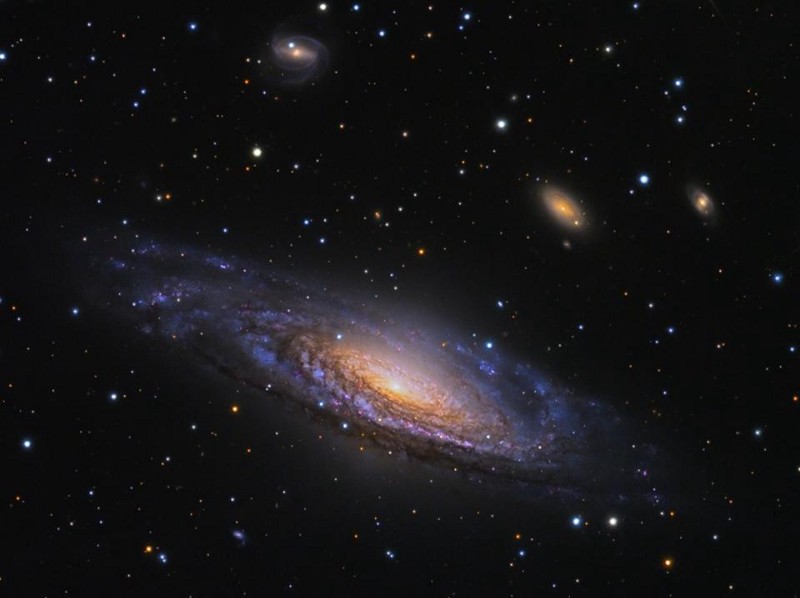Dark matter is a subject that’s brought about many a debate in all the time it’s been proposed. The idea behind the dark matter is that normal matter alone isn’t enough to account for the gravitational effects of large structures, therefore there must be another invisible force at work. But is this really dark matter?
If the individual velocities of galaxies within a large cluster are measured you can infer the mass needed to stop the cluster from being ripped apart. That number is about a factor of six bigger than all the dust, stars, plasma, planets, gas, and normal matter put together. So, either there’s an unseen form of matter present (dark matter) or the laws of gravity are somewhat different to what we and Einstein have been led to believe. This effect can be seen when looking at individual galaxies too. Stars towards the edge of their galaxy don’t drop off speed as you might expect. Also, Mercury orbits quicker than Neptune because the sun dominates our gravitational field. You would think that mass would follow where the dust, stars, plasma, and normal matter is, but that isn’t the case.
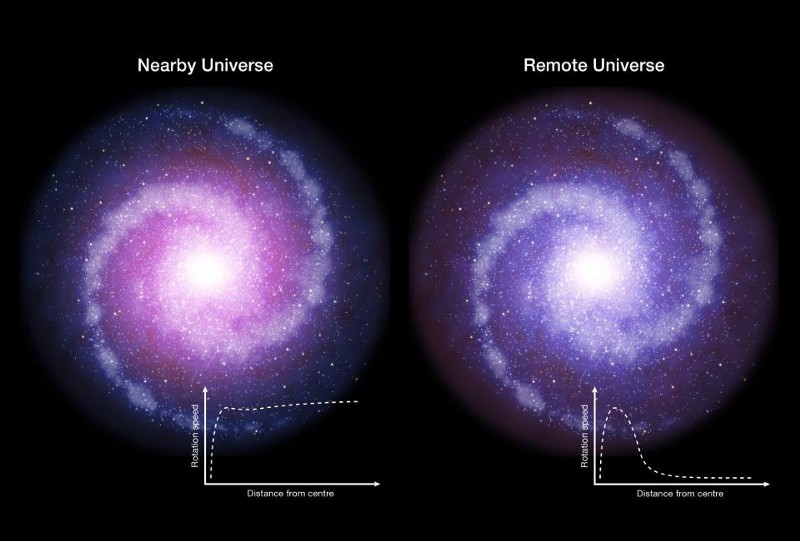
Attempts to directly detect dark matter have been made, as have attempted to look for different effects on a smaller scale that would prove a departure for Einstein’s General Relativity theory but are yet to produce any successful results. However, one way that could be used to distinguish between these two is by looking at the rotation curves of galaxies from long ago. If the laws of gravity don’t follow Einstein’s relativity then there should be proof of this throughout our cosmic history. Galaxies will follow the same cosmic laws now as they did millions of years ago.
A Universe with dark matter, on the other hand, should show two different evolutionary effects. The first being that large amounts of energy would impact normal matter due to powerful bursts of stars forming, forcing some of the normal matter out, but keeping all of the dark matter in, particularly in lower-mass galaxies. The second is that younger galaxies shouldn’t have as much dark matter fall into them and should have lower densities of dark matter.
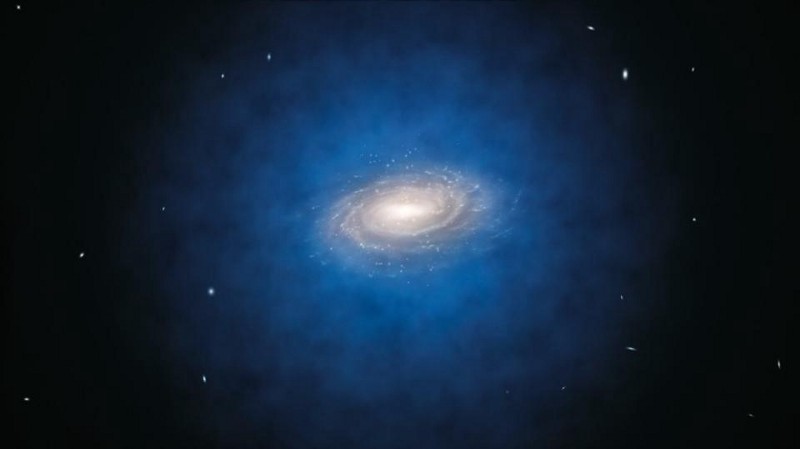
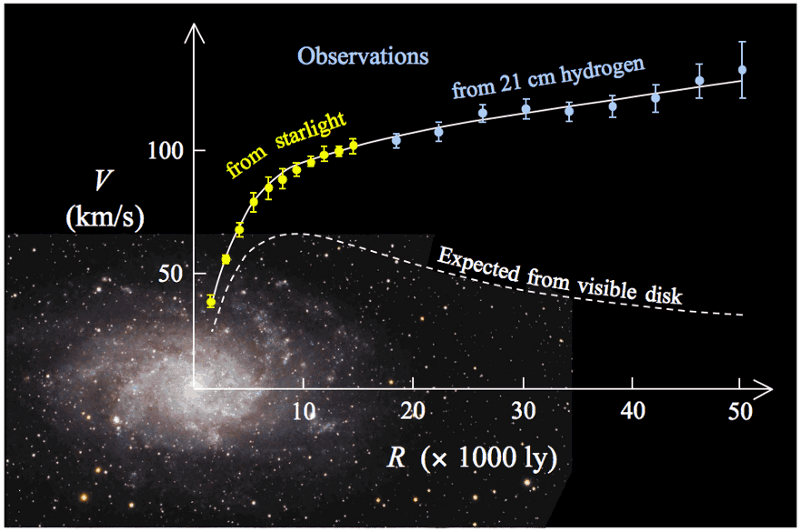
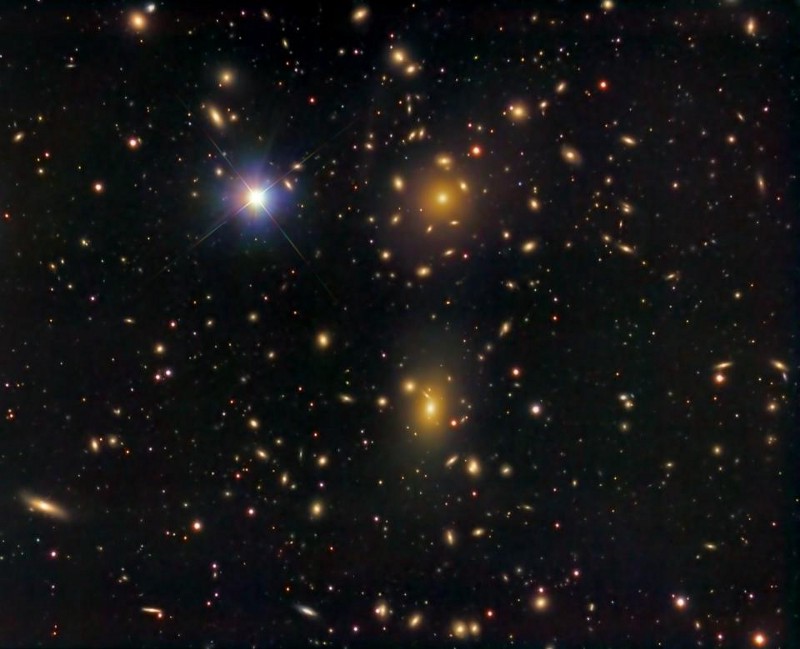
The Coma cluster of galaxies, whose galaxies move far too quickly to be accounted for by gravitation given the mass observed alone. Image credit: KuriousG of Wikimedia Commons.
While we’ve been aware of the first of these effects for years, alone it’s not enough to discriminate between dark matter and modified gravity because the same acceleration law (MOND) describes them both. To get around this problem, devices and methods are being created that can measure the rotation curves of young galaxies where we would expect the less dark matter to be. We’d also expect the stars closer to the outer edge to rotate more slowly than their modern counterparts, and according to Reinhard Genzel, that’s exactly what’s been discovered and so it’s one up to dark matter.
However, this isn’t because of Genzel’s claims. His ideas just don’t have enough substantial evidence to support it. The rotation curves are flat and have a surface brightness the same as local galaxies. The group studied 101 of these galaxies in the end and they discovered that when they used a technique called “stacking” they found there to be a significant drop-off in rotational velocity once you come away from the center of them. This study could finally allow us to discriminate between dark matter and modified gravity once and for all. With more and better data set to follow, only time has the answers.
More News to Read

